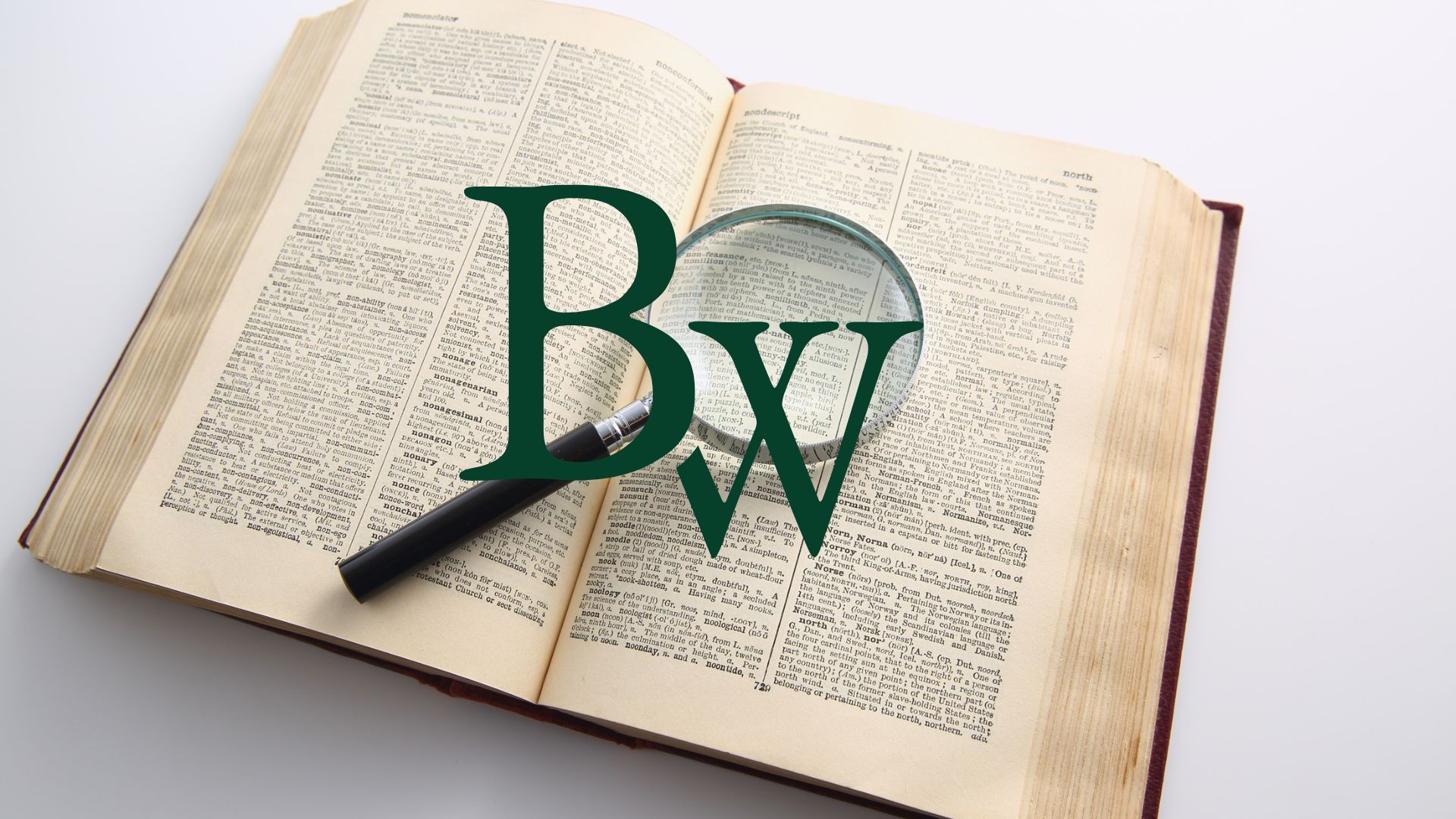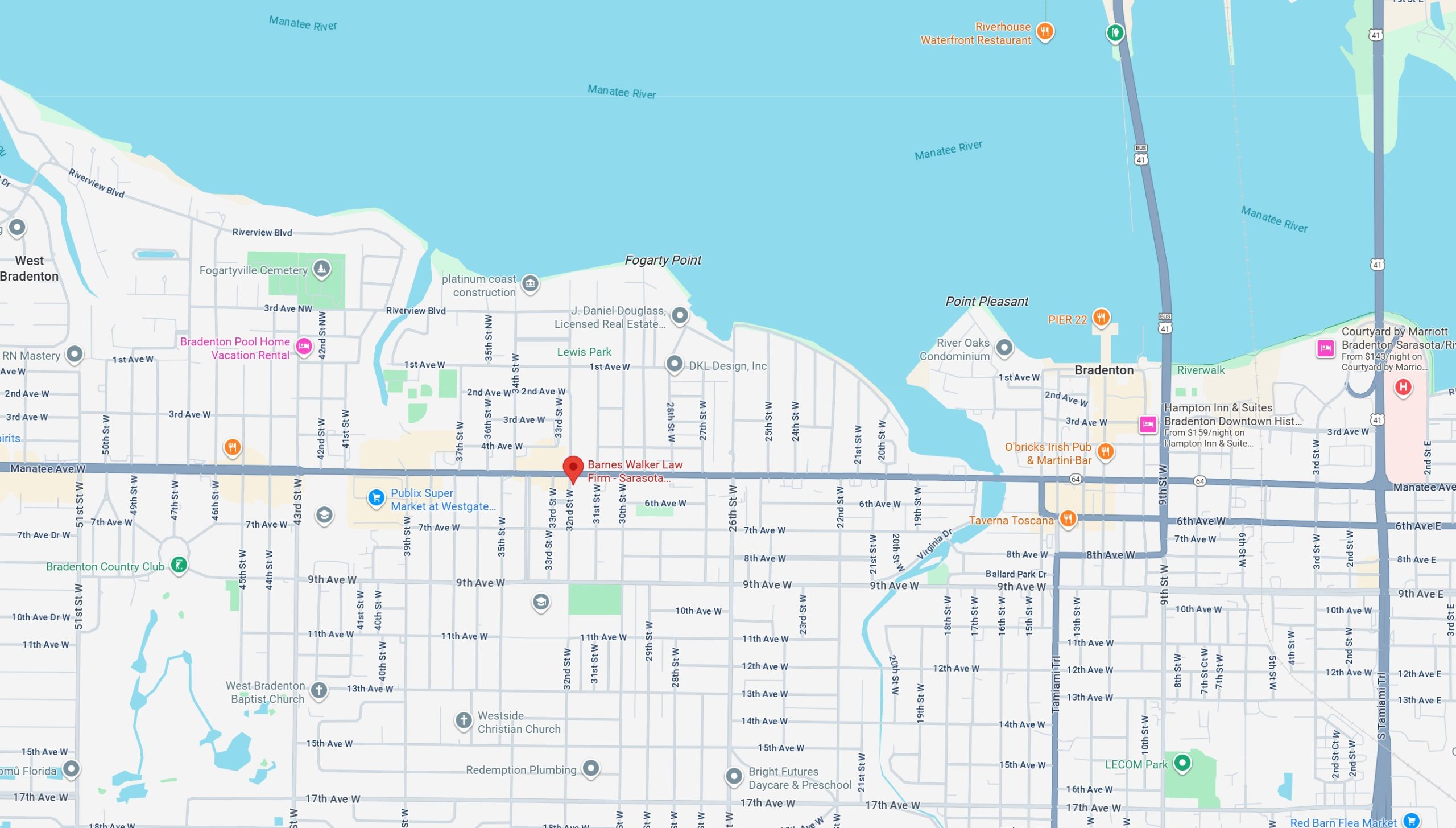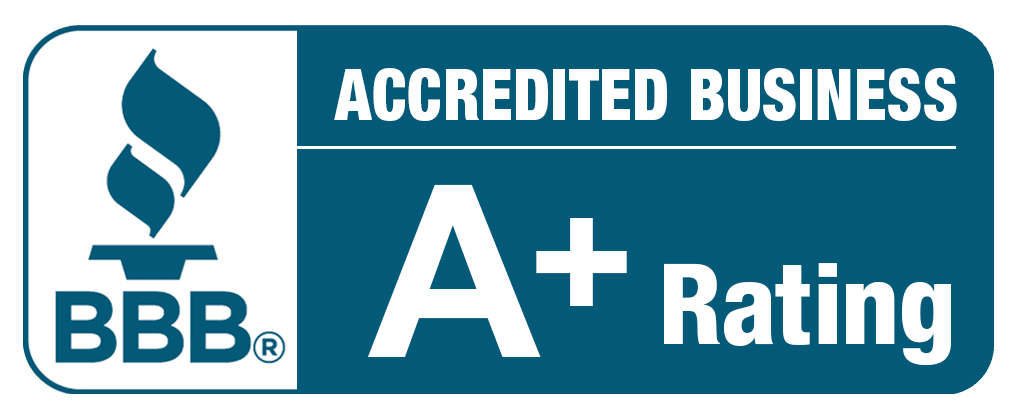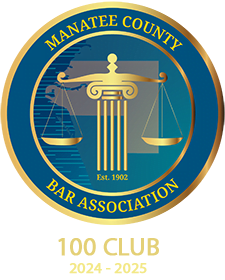<h2>Lot and Block Information</h2>
The Lot and Block system, also known as the **recorded plat system**, is the most common way to describe urban and suburban real estate in the United States. Under this system, land is first subdivided into blocks, which are then divided into individual lots. Each lot is assigned a unique number, and the subdivision map—known as a plat—is recorded in the public land records of the county where the property is located.
A typical legal description using this system might read: “Lot 12, Block 3, of Pinecrest Subdivision, as recorded in Plat Book 45, Page 62, of the Public Records of Orange County, Florida.” This method provides a precise reference to the property’s location and boundaries.
It simplifies land identification for deeds, mortgages, and title insurance purposes.
<h2>Florida Legal Definition</h2>
Under **Florida Statute §177.091**, all plats subdividing land for sale must be surveyed, mapped, and recorded in the county’s official records before lots can be sold or transferred. The **Lot and Block** system becomes the official legal description once recorded.
Florida law requires that plats show clear boundaries, dimensions, and easements, and be approved by local authorities before recording. This ensures accurate property identification and prevents boundary disputes. Once recorded, the plat becomes a permanent public record maintained by the county clerk or property appraiser’s office.
<h3>How It’s Used in Practice</h3>
In Florida real estate transactions, the Lot and Block system is used in deeds, title reports, mortgages, and property tax records.
<ul>
<li>Surveyors and developers create subdivision plats to divide large tracts into marketable lots.</li>
<li>Title companies and attorneys use Lot and Block descriptions to verify ownership and prepare legal documents.</li>
<li>County property appraisers rely on recorded plats to assign parcel identification numbers and assess property taxes.</li>
<li>Real estate agents and buyers use these descriptions to confirm the exact location and size of a property.</li>
</ul>
This system provides a standardized, reliable framework for land ownership documentation in Florida.
<h3>Key Takeaways</h3>
<ul>
<li>Lot and Block is a land description method based on recorded subdivision plats.</li>
<li>Each lot and block corresponds to a map filed in the county’s public records.</li>
<li>Florida law governs the recording of plats under <strong>§177.091, Florida Statutes</strong>.</li>
<li>This system simplifies property identification for sales, title insurance, and taxation.</li>
<li>Lot and Block descriptions are widely used in urban and suburban real estate transactions.</li>
</ul>
Disclaimer: The information and opinions provided are for general educational, informational or entertainment purposes only and should not be construed as legal advice or a substitute for consultation with a qualified attorney. Any information that you read does not create an attorney–client relationship with Barnes Walker, Goethe, Perron & Shea, PLLC, or any of its attorneys. Because laws, regulations, and court interpretations may change over time, the definitions and explanations provided here may not reflect the most current legal standards. The application of law varies depending on your particular facts and jurisdiction. For advice regarding your specific situation, please contact one of our Florida attorneys for personalized guidance.
Visit our legal department pages:
Real Estate Attorneys
Business Attorneys
Litigation Attorneys
Estate Planning Attorneys
Inheritance Attorney
Probate & Trusts
Trust • Experience • Results
Ready to Get Started?
Get started with Barnes Walker today.









